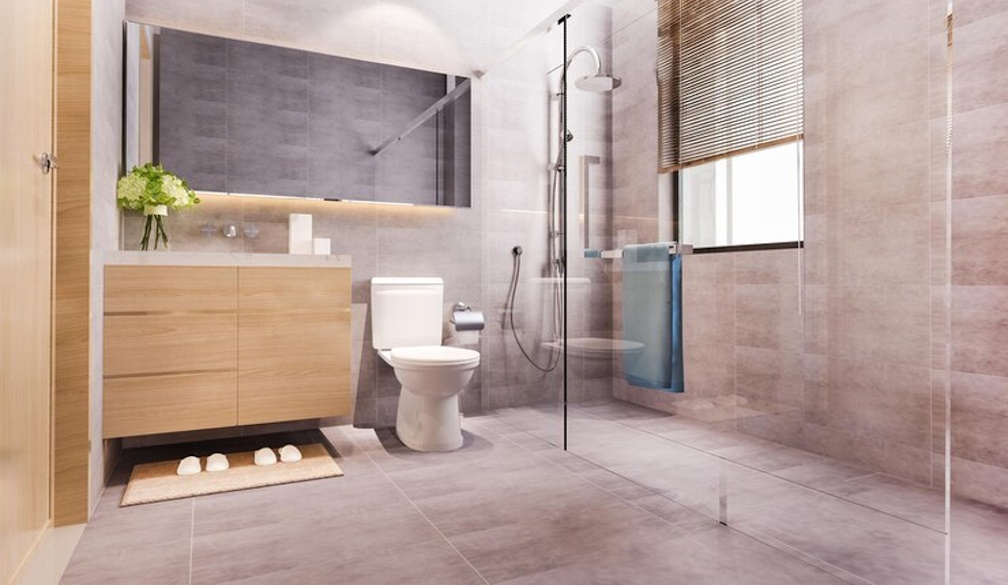Bathroom Tile Repair Tips to Prevent Mould & Water Damage

Bathroom tiles are responsible for preventing water from causing damage to the walls or floor. But when they crack, loosen, or fall off, they provide the conditions for mould growth.
This means if you act fast and follow the following tips, you will ensure the damage doesn’t worsen:
1. Identify Early Signs
In water management, it is important to identify the occurrence of issues at the initial stages. This is a good time to look for tiles and grout looseness or colour changes. If tiles look normal or feel soft or hollow when tapped, water may have already penetrated below them.
Tiles seem like solid surfaces. However, water trapped between them and the walls can lead to mould growth within days.
So, you should deal with simple tile problems as soon as possible. They are small problems that, if left for a while, could develop into big problems.
2. Prioritise Grout Maintenance
Grout is used as a filler between tiles. Once it deteriorates, water can seep in.
Sealing the cracked parts is relatively inexpensive and effective in stopping water infiltration. For example, when installing tile in a bathroom, ensure that you use waterproof grout.
After regrouting, apply a sealant to increase the floor's durability. This doesn’t just prevent water from seeping through to the surface. It also minimises the chances for mould to grow between tiles.
Sealing is important, especially for shower tile repair. This is where water contact happens more often.
3. Improve Ventilation in the Bathroom
A lack of proper airflow and ventilation contributes to high humidity. This, in turn, fosters mould growth.
So, check the functionality of your bathroom fan and ensure that it is ON during and after showers. Opening windows is also effective in removing moisture from the air.
The following is how you can improve ventilation:
- Make sure the bathroom door is wide open after taking a shower
- If the room remains humid, use a dehumidifier
- Clean the exhaust fan periodically to ensure it works at its best.
4. Immediately Replace Damaged Tiles
A cracked or missing piece can create a path through. In this path, water can find its way behind the tile and seep into the wall.
Delaying can lead to this and a whole lot more. To repair a broken tile, you must gently remove the damaged piece and clean the place.
Afterwards, install the tiles using water-resistant glue and grout. This will ensure they stick firmly to the surface.
5. Consider Using Mould-Resistant Materials
When cleaning, painting, or remodelling, ensure you use materials that do not encourage mould growth. You can achieve this using waterproof backer boards, mould-resistant grout, and tiles with a low-porosity surface finish.
It may take a few extra dollars now. However, using these materials will save you from frustration later. It makes your repair work more efficient and sustainable.
In conclusion, it is important to maintain bathroom tiles for the beauty of your home and protection purposes. You can avoid mould and water damage by performing routine inspections and maintenance. You can also do so by fixing problems as soon as they occur.





